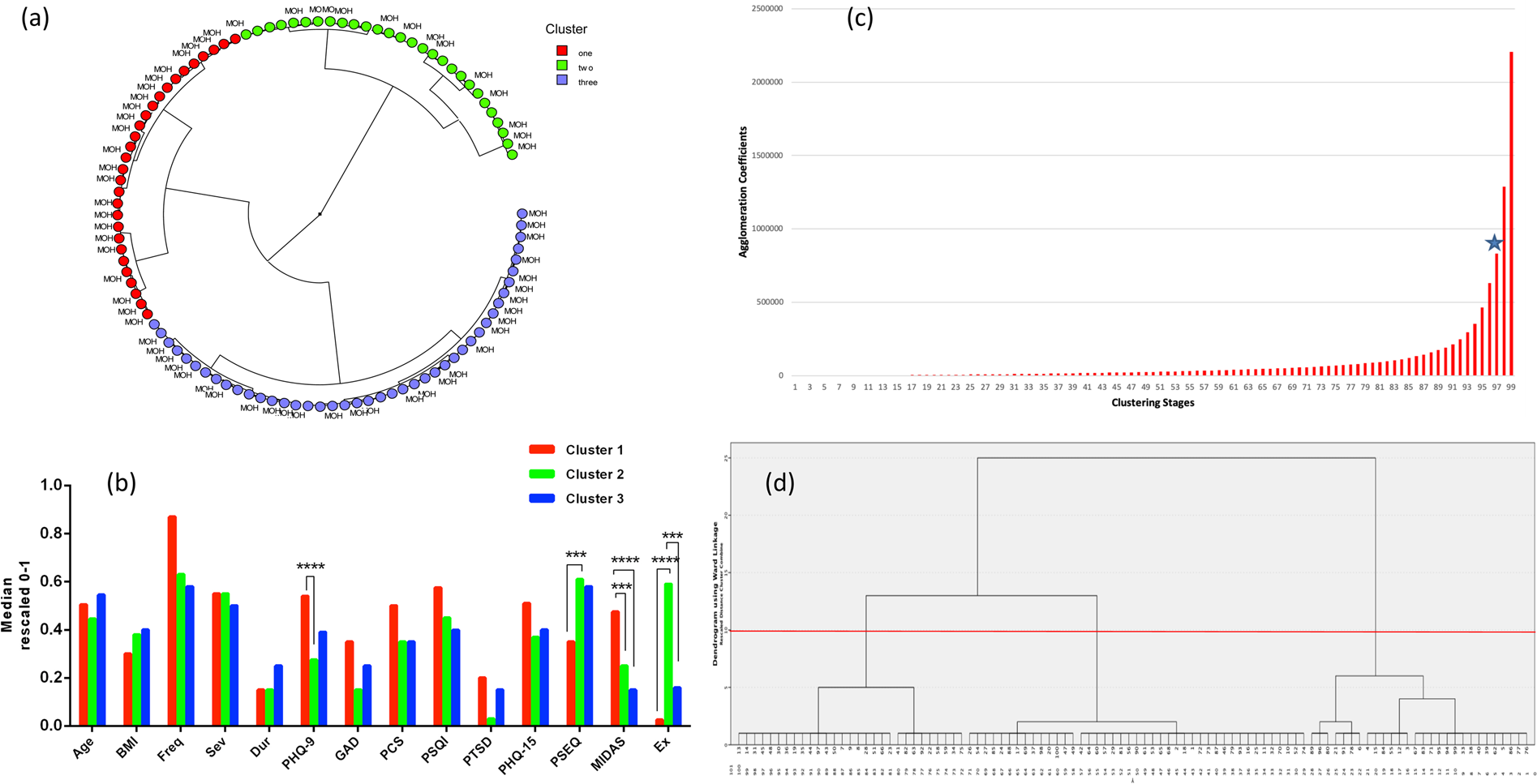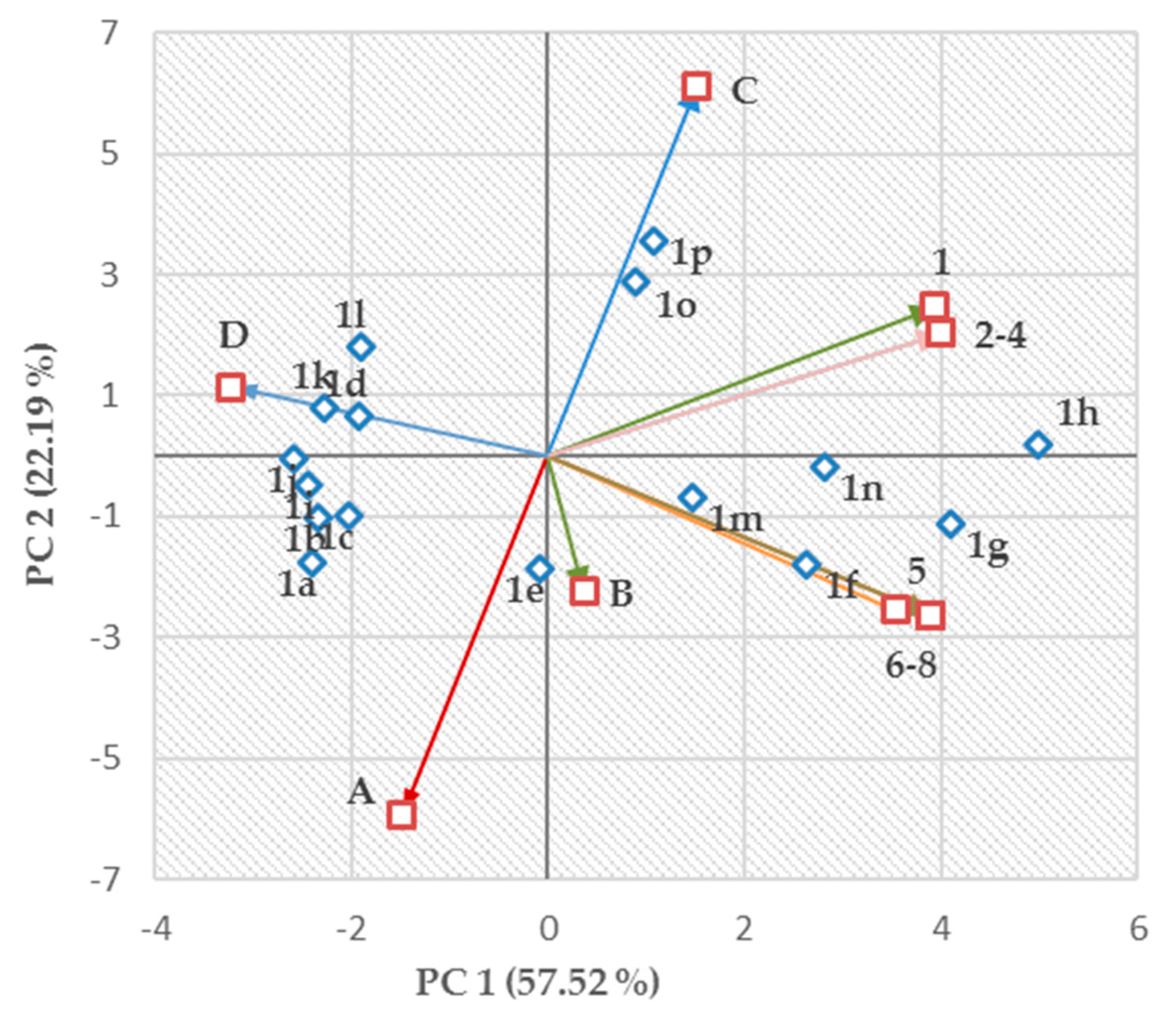
Many segmentation bases have been applied in the literature, with examples for wine consumers that include liking scores, knowledge, or product-related experience, demographics and psychographic segmentation bases such as personality, values or interest. suggested that consumers with similar attitudes might be identified by cluster analysis. Market segmentation is a technique identifying consumers within a specific market who have similar wants, needs, and behaviors. There is no doubt that every consumer has a unique pattern of taste preferences, resulting in consumers displaying a diverse range of behaviors that can be difficult to interpret but could be related to differences in socio-demographics such as individual knowledge, cultural background, age, gender, etc. However, to the best of our knowledge, there is currently no study on the development of a novel GL grape wine product for the Australian and potential global wine markets. demonstrated that GL powder is an effective preservative in the production of sausage or in the meat industry. Even alcoholic beverages have been investigated Serbian Pilsner beer and brandy had GL added aseptically to create a better-perceived body in the beer and a brandy with functional properties. Other products, such as Chinese GL Lycium chinensis Miller tomato wine and yogurt with GL extract added during production, have also been described. For example, in China, the presence of GL extract during the fermentation process of soy milk improved the health benefits as well as the consumer acceptability of the product. Furthermore, both researchers and consumers from different countries, including some Asian countries, North America, and Europe, are interested in the application of GL in the production of health-supporting products. Ganoderma lucidum ( GL), a highly revered curative mushroom, has been commonly used for more than 2000 years due to its promotion of longevity and prevention of diseases, which have drawn the attention of researchers. These findings provide the wine industry with deeper insights into consumers’ liking towards new GL wine products targeted at the Australasian market. C4 preferred brown appearance, tobacco aroma, and jammy and cooked vegetable flavors.
Elbow method xlstat drivers#
There were no positive drivers for C1′s liking but bitter taste, cooked vegetable, and toasty aromas drove this cluster’ dislike.

Pepper and jammy aroma, 3-methylbutanoic acid (linked to fruity notes) and non-fruit aftertaste positively drove C2′s preference, whereas spice flavor and hexanoic acid (known for leafy and woody descriptors) drove C3′s liking. Sensory attributes and volatile flavor compounds that significantly differentiated the wines were subjected to partial least squares regression, which indicated the important positive drivers of liking among the hedonic clusters.

There was a clear separation between hedonic clusters.

Sensory attributes of the GL wine products were also profiled with rate-all-that-apply ( n = 65) and the 31 sensory attributes that significantly differentiated the wines underwent principal component analysis with the hedonic clusters overlaid to explain consumers’ preferences. Based on individual liking scores for each GL wine product that was tasted, four hedonic clusters C1 ( n = 44, preferred control and low levels of GL additions), C2 ( n = 28, preferred control only), C3 ( n = 26, generally preferred all GL additions) and C4 ( n = 26, preferred 1 g/L additions and 4 g/L post-fermentation) were identified. Wine consumers ( n = 124) were asked to complete a questionnaire and participate in a blind tasting of six GL wine products (differing in the amount and timing of GL extract additions). This study explored wine consumers’ preferences towards a novel Australian Shiraz wine product containing Ganoderma lucidum ( GL).


 0 kommentar(er)
0 kommentar(er)
